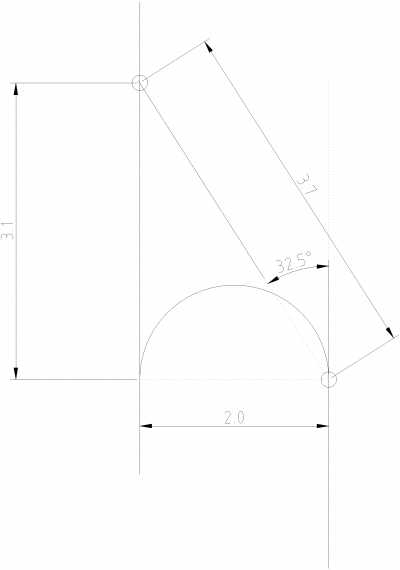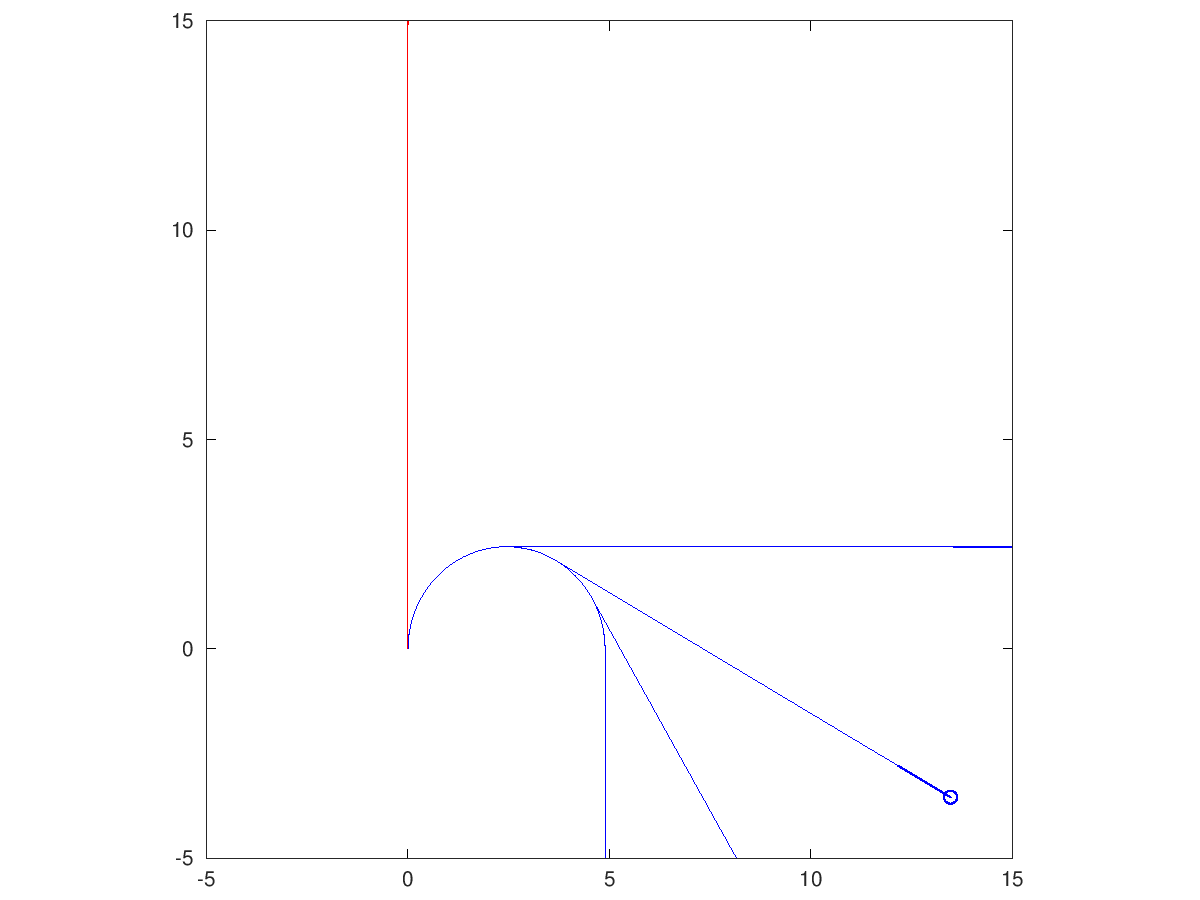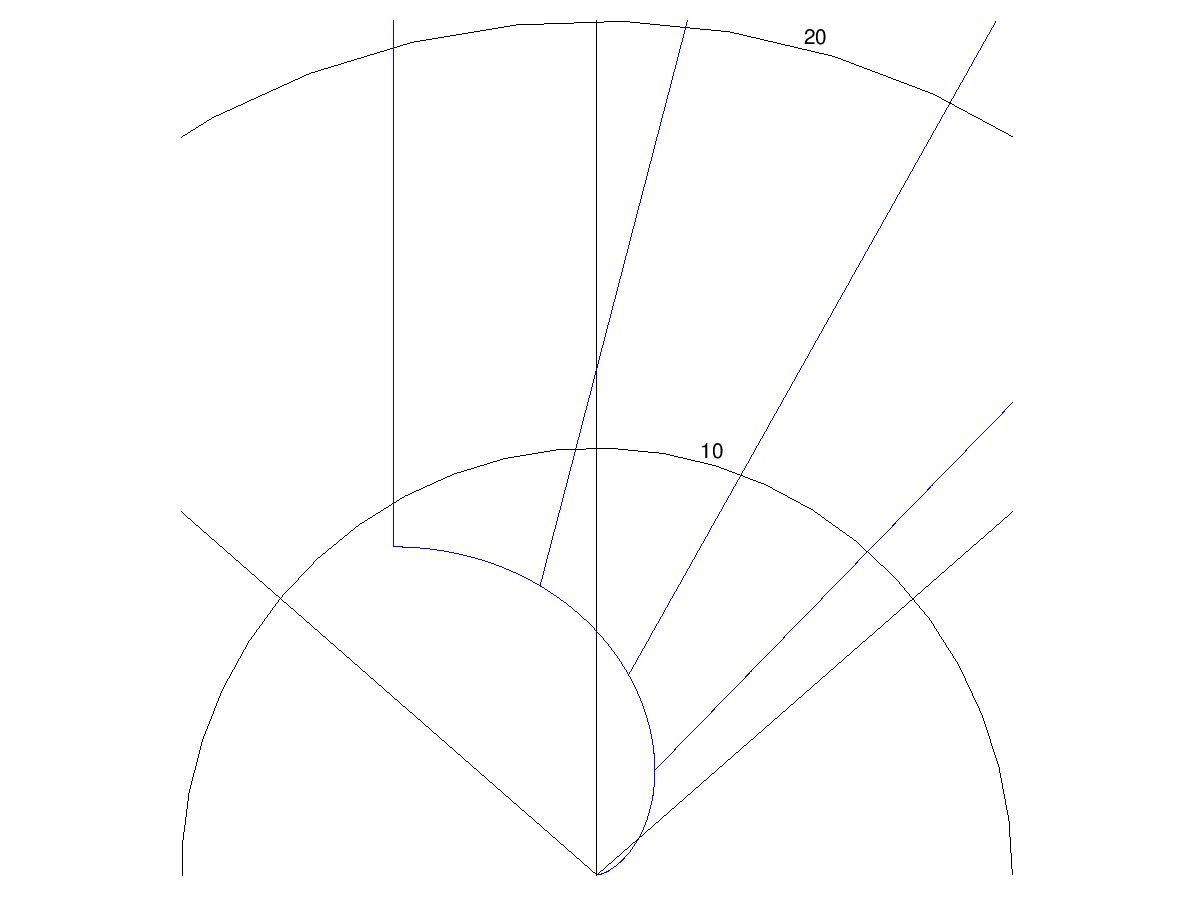Skillnad mellan versioner av "Intercept"
Hoppa till navigering
Hoppa till sök
Urist (diskussion | bidrag) |
Urist (diskussion | bidrag) |
||
| Rad 11: | Rad 11: | ||
===Head-on intercept geometry=== | ===Head-on intercept geometry=== | ||
| − | [[File: intercept_geom_R.png]] | + | [[File: intercept_geom_R.png|400px]] |
| + | |||
===Animated intercepts=== | ===Animated intercepts=== | ||
====Top view==== | ====Top view==== | ||
Versionen från 24 juni 2021 kl. 14.49
Home >> Aviation guides >> Intercept
Innehåll
Intercept
A short guide for the basics of intercepting flights, mostly for offensive operations such as visual identification, but also applicable for joins with friendly aircraft.
Basic principles:
- Vertical separation
- You need a vertical separation for an intercept which depends on altitude, airspeed and bank angle. A rule of thumb is 40 000 feet (12 km / 6.5 NM) for a head on situation. The turn radius is half this distance.
- Lag - pure - lead pursuit
- You start the intercept by lag pursuit and the target should pass your centerline for a lead pursuit just before half the turn for a head on intercept.
- Starting turn
- For a head on intercept you need to start the turn at approximately 1.9 times the vertical separation (or 3.7 times the turn radius). The targets angle off the nose is always 32.5 degrees.


